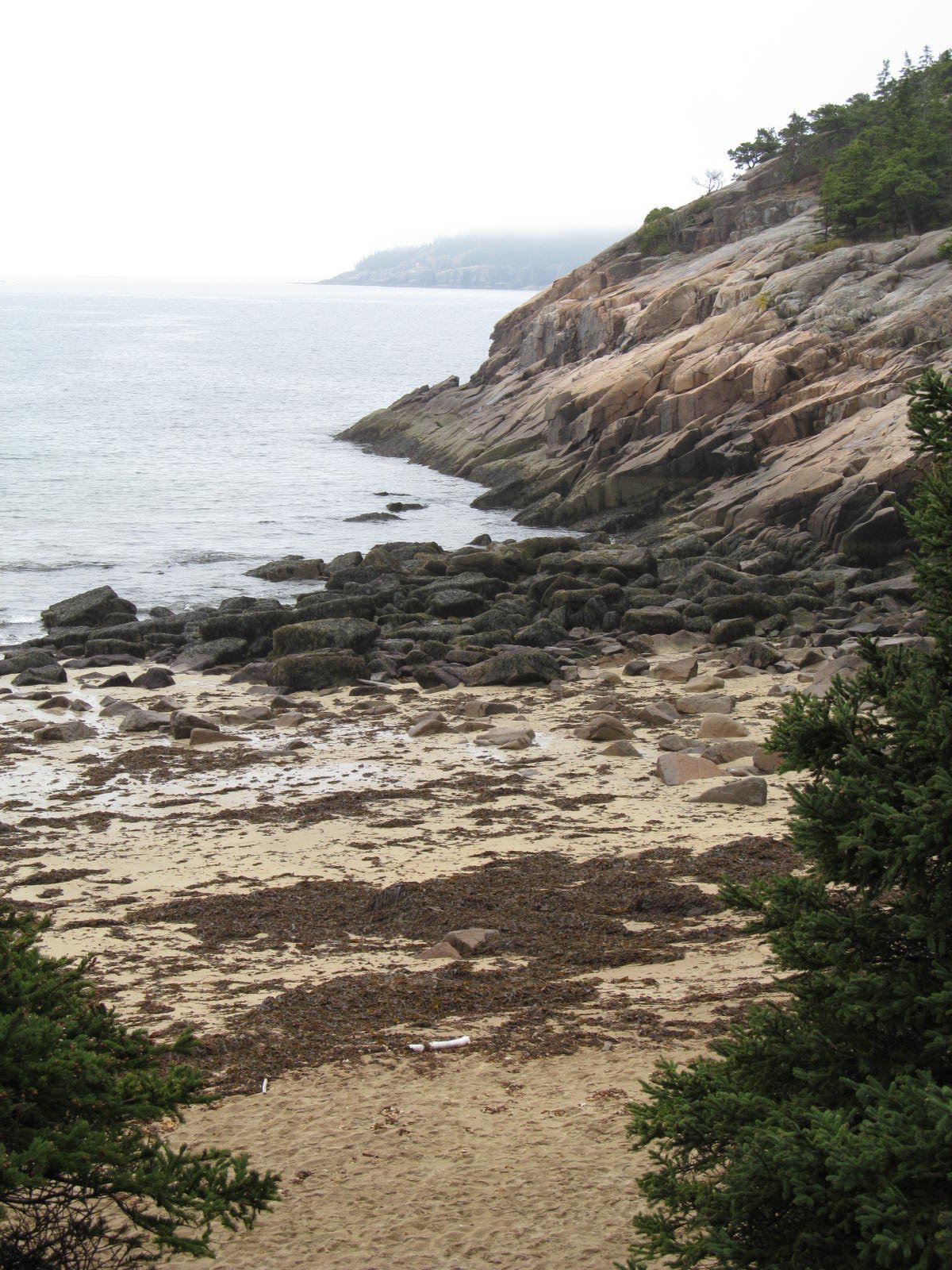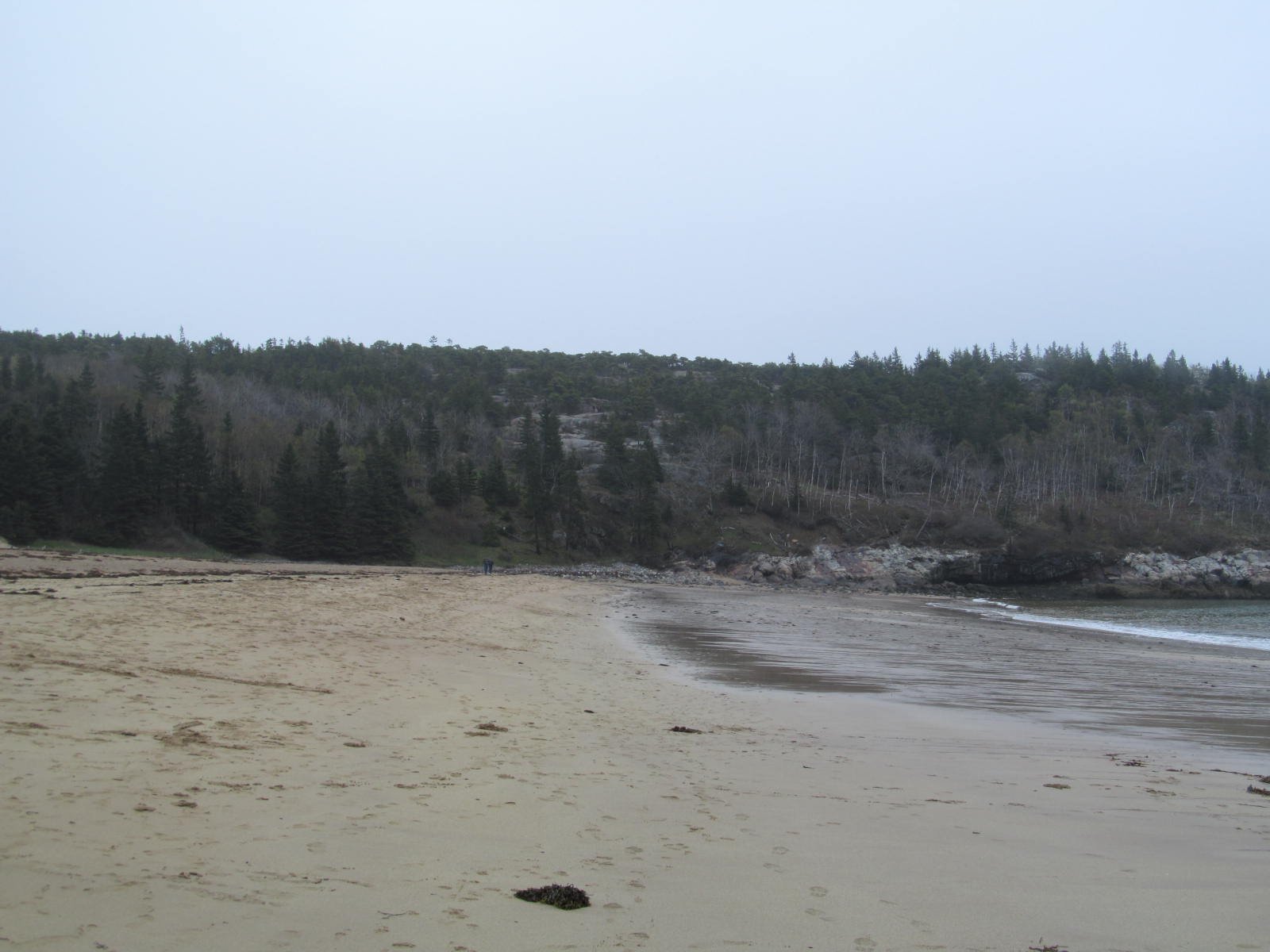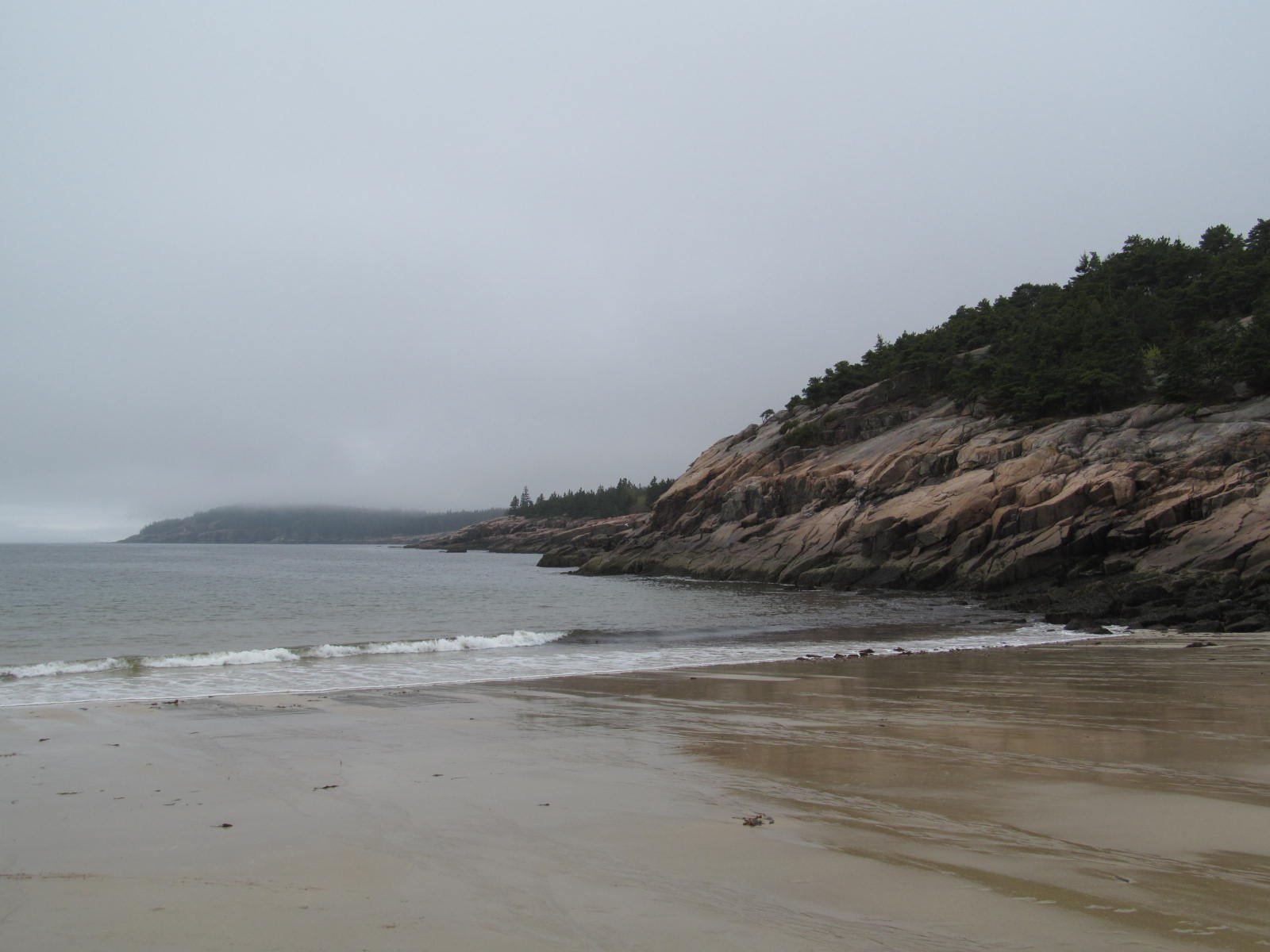Acadia National Park, located on the coast of Maine, is a breathtaking showcase of natural beauty. From rugged coastlines and granite peaks to pristine lakes and lush forests, the park offers a diverse landscape that captivates visitors and photographers alike. Its unique blend of ocean, mountain, and forest ecosystems creates a stunning tapestry of scenery that changes with each season, providing endless opportunities for exploration and photography.
What Makes Acadia National Park a Beacon of Natural Beauty?

Acadia National Park’s beauty lies in its diverse landscapes and unique geological features. The park boasts:
- Rugged coastlines with dramatic cliffs
- Pristine lakes and ponds reflecting surrounding mountains
- Dense forests teeming with wildlife
- Granite peaks offering panoramic views
- Historic carriage roads winding through scenic terrain
This variety of landscapes within a relatively small area makes Acadia a microcosm of natural beauty, attracting millions of visitors each year.
Where Are the Most Stunning Scenic Views in Acadia?

Cadillac Mountain
Cadillac Mountain, the highest point on the Eastern Seaboard, offers unparalleled views of the Atlantic Ocean and surrounding islands. It’s particularly famous for:
- First place in the continental U.S. to see the sunrise (October through March)
- 360-degree panoramic views of Mount Desert Island
- Stunning vistas of Frenchman Bay and the Porcupine Islands
Ocean Drive
This scenic road along the eastern shore of Mount Desert Island provides access to some of Acadia’s most iconic coastal views:
- Sand Beach: A rare sandy beach nestled between granite cliffs
- Thunder Hole: A natural inlet where waves create thunderous sounds
- Otter Cliff: One of the highest Atlantic coastal headlands north of Rio de Janeiro
Jordan Pond
Jordan Pond offers a serene landscape with crystal-clear waters reflecting the surrounding mountains. The area features:
- The iconic view of the Bubbles (two rounded mountains) across the pond
- A 3.5-mile loop trail around the pond for different perspectives
- The historic Jordan Pond House, famous for its popovers and tea
When Is the Best Time to Experience Acadia’s Beauty?
Each season in Acadia offers a unique perspective on the park’s beauty:
| Season | Highlights |
|---|---|
| Spring | Wildflowers blooming, waterfalls at peak flow |
| Summer | Lush green forests, ideal hiking weather |
| Fall | Spectacular foliage, crisp air for outdoor activities |
| Winter | Snow-covered landscapes, fewer crowds |
Fall Foliage
Acadia’s fall foliage is particularly renowned, typically peaking in mid-October. The park’s diverse tree species create a vibrant palette of reds, oranges, and yellows, especially stunning when reflected in the park’s many ponds and lakes.
How Can Photographers Capture Acadia’s Beauty?
Sunrise and Sunset Photography
- Cadillac Mountain: Arrive early for the best spots to capture the sunrise
- Bass Harbor Head Lighthouse: A classic sunset location, but arrive well before sunset to secure a spot
- Schoodic Peninsula: Offers a less crowded alternative for dramatic coastal sunset shots
Night Sky Photography
Acadia is known for its dark skies, perfect for astrophotography:
- Choose a clear, moonless night
- Find a location away from light pollution (e.g., Seawall area or Cadillac Mountain)
- Use a wide-angle lens and tripod
- Experiment with long exposures to capture star trails or the Milky Way
Wildlife Photography
- Dawn and dusk are the best times for spotting wildlife
- Common subjects include deer, foxes, and various bird species
- Be patient and respectful of wildlife habitats
What Unique Natural Features Define Acadia’s Beauty?
Granite Domes
Acadia’s landscape is characterized by rounded granite domes formed by glacial activity:
- The Bubbles: Two distinctive rounded peaks near Jordan Pond
- Pemetic Mountain: Offers panoramic views with less crowding than Cadillac
- Gorham Mountain: A moderate hike with stunning ocean views
Coastal Ecosystems
The park’s coastline is a testament to the power of the Atlantic:
- Thunder Hole: A narrow granite chasm where waves create thunderous sounds
- Otter Cliffs: 110-foot high granite cliffs dropping dramatically into the ocean
- Little Hunters Beach: A hidden cove with smooth, wave-polished cobblestones
Freshwater Lakes and Ponds
Acadia’s inland water bodies offer tranquil beauty:
- Eagle Lake: The largest lake in the park, popular for canoeing and kayaking
- Bubble Pond: A small, serene pond perfect for reflection photography
- Long Pond: Offers a more secluded experience with mountain views
How Does Acadia’s Beauty Change with the Seasons?
Spring Beauty
- Emerging wildflowers in meadows and along trails
- Waterfalls and streams at peak flow from snowmelt
- Migrating birds returning to the park
Summer Splendor
- Lush green forests and vibrant wildflower meadows
- Clear, sunny days perfect for hiking and photography
- Ideal conditions for exploring tidepools and coastal areas
Autumn Glory
- Spectacular foliage typically peaking in mid-October
- Crisp, clear days offering excellent visibility for landscape photography
- Migrating birds passing through the park
Winter Wonder
- Snow-covered landscapes creating a serene atmosphere
- Opportunities for winter activities like cross-country skiing and snowshoeing
- Dramatic coastal scenes with winter storms and ice formations
Acadia National Park’s beauty is a year-round spectacle, offering photographers and nature enthusiasts endless opportunities to explore and capture its diverse landscapes. From the rugged coastline to the granite peaks, from serene ponds to lush forests, Acadia’s natural beauty is a testament to the raw power and delicate balance of nature. Whether you’re watching the first rays of sunlight touch the United States from atop Cadillac Mountain or exploring the quiet beauty of a misty forest trail, Acadia National Park offers a beauty that is both awe-inspiring and deeply personal.

